
China
16:16, 16-Dec-2018
40 Elites in 40 Years: Five generations of train drivers
Updated
16:08, 19-Dec-2018
CGTN
04:14
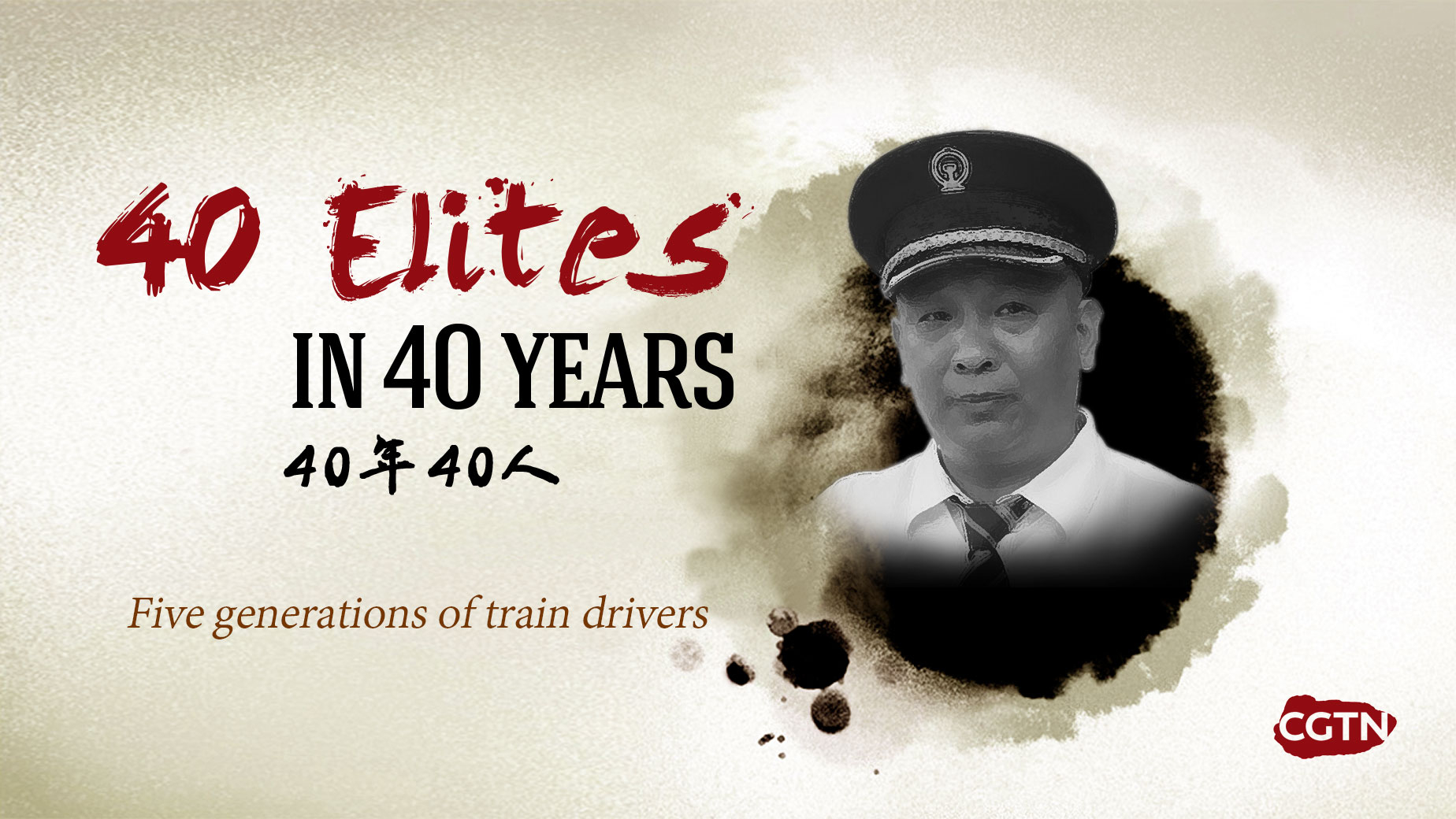
Li Bin is a train driver at Baoding Locomotive Depot of Beijing Railway Bureau. He was born from a family of five generations of train drivers.

From steam locomotives at 30 km/h to Fuxing high-speed bullet trains at 350 km/h, the five generations in the family have witnessed the fast development of China's railway.
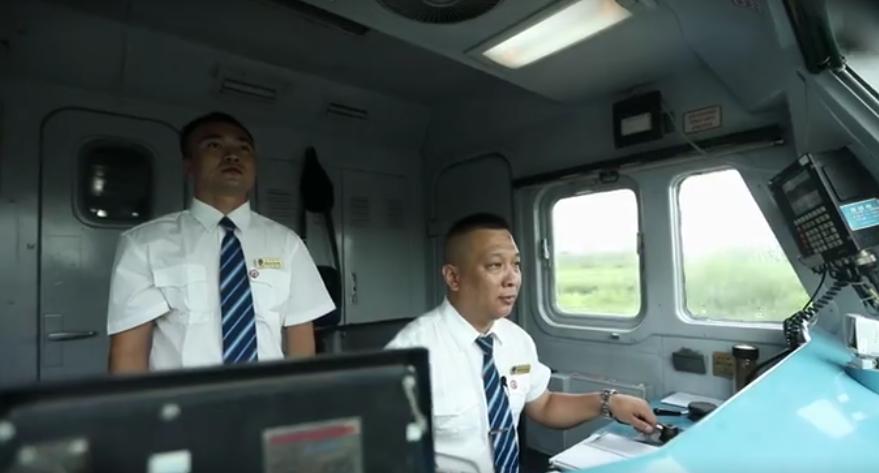
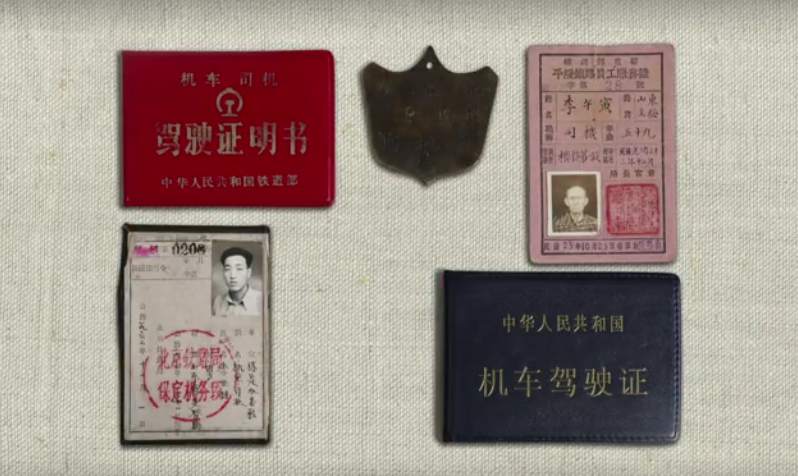
As the fifth generation, Li Bin grew up alongside the railroad. As a child, he dreamed of becoming a train driver. He felt it was so cool to be a train driver. Today, he lives his dream.
Talking about the evolution of China's railway, Li said what impressed him most is how the trains have become so efficient.
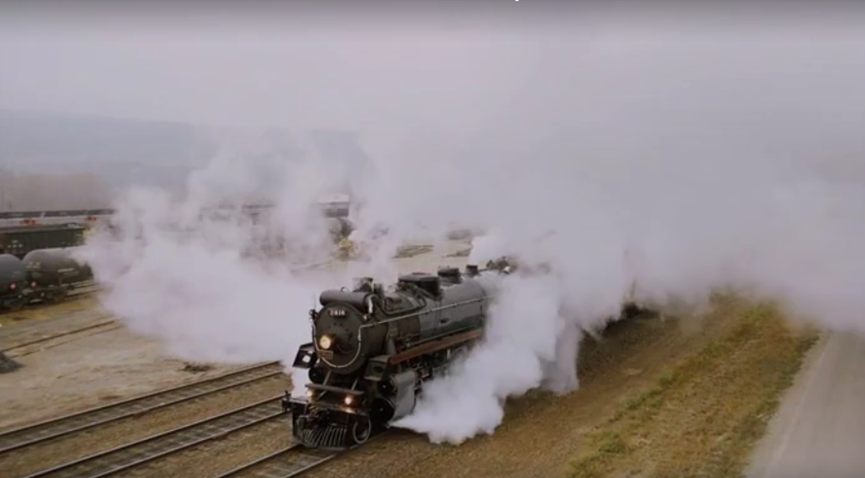
"My great, great grandpa was a train driver for Empress Dowager Cixi in the Qing Dynasty (1644-1911). At that time, the fastest speed of the train was just 30 km/h."
"My great grandpa was a driver for trains running on the Beijing-Zhangjiakou Railway, the first railway built by China. Except me, the previous four generations in my family all drove steam locomotives, the speed of which was about 50-60 km/h," said Li.

When the first time Li Bin drove a train, it was a diesel-powered one, commonly known as the "green train," as the color of the train is green.
"The 'green train' at that time was not that advanced. In summer, the temperature inside the train might reach as high as 40-50℃, while in winter you need to wear a coat, hat, and gloves to drive it. Moreover, the faults of the train could only be detected manually. If one was not that experienced in handling the failures, the train might stop."
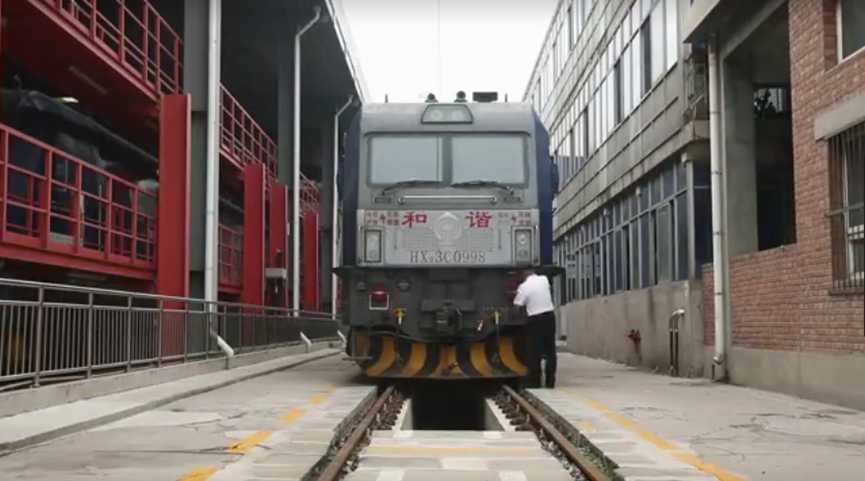
In 2007, locomotives in Baoding Locomotive Depot were replaced by CRH trains which have the system to detect faults automatically, and the trains are generally zero-fault. "It's like you previously drove a van, but now you drive a luxury car," Li Bin described how he felt when he drove the CRH train for the first time.
It's about 270 kilometers from Shijiazhuang to Beijing. In those days of steam locomotives, it took more than five hours to arrive at the terminal. In his time, for the slowest train, it took about three hours.
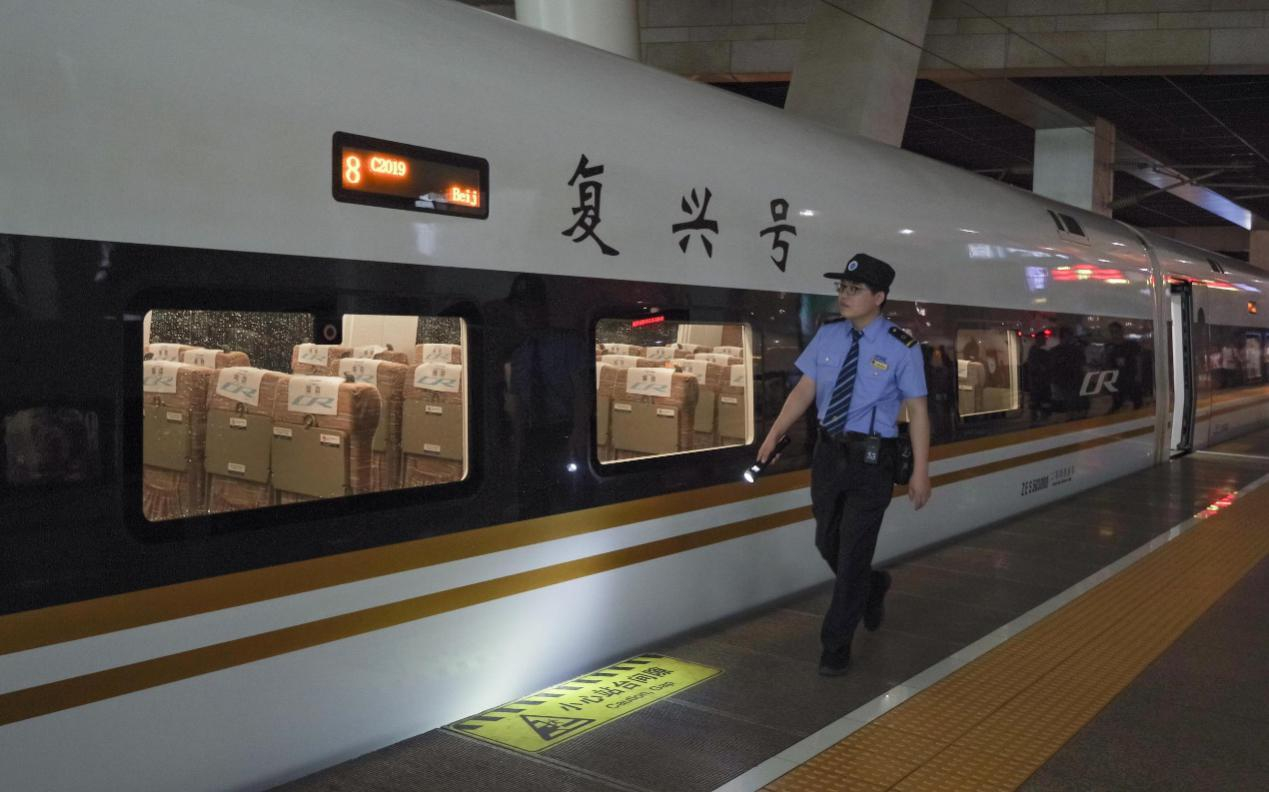
Now it only takes less than one and a half hours from Shijiazhuang to Beijing, thanks to the rapid development of the high-speed railway, especially the Fuxing bullet train launched last year, at a speed as fast as 350 km/h.
Li Bin said this testified the galloping development of China's railway.
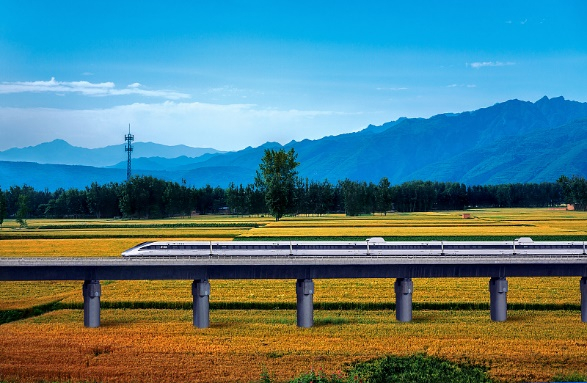
"The happiest moment for me to drive a train is the time when the train arrives at the destination. When I see travelers get off safely, my heart gets relaxed. That's really the most exciting moment for me."
Now, China's high-speed bullet trains not only bring convenience and happiness to the Chinese people but also become a symbol of China in the world.

SITEMAP
Copyright © 2018 CGTN. Beijing ICP prepared NO.16065310-3
Copyright © 2018 CGTN. Beijing ICP prepared NO.16065310-3